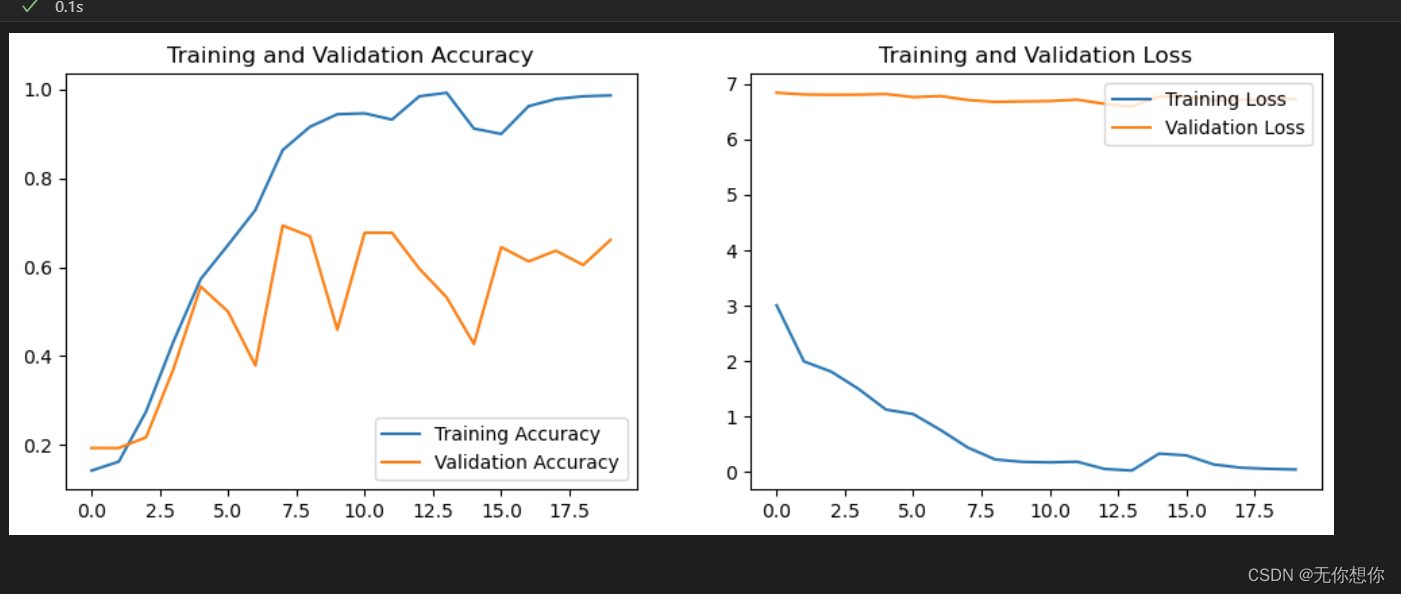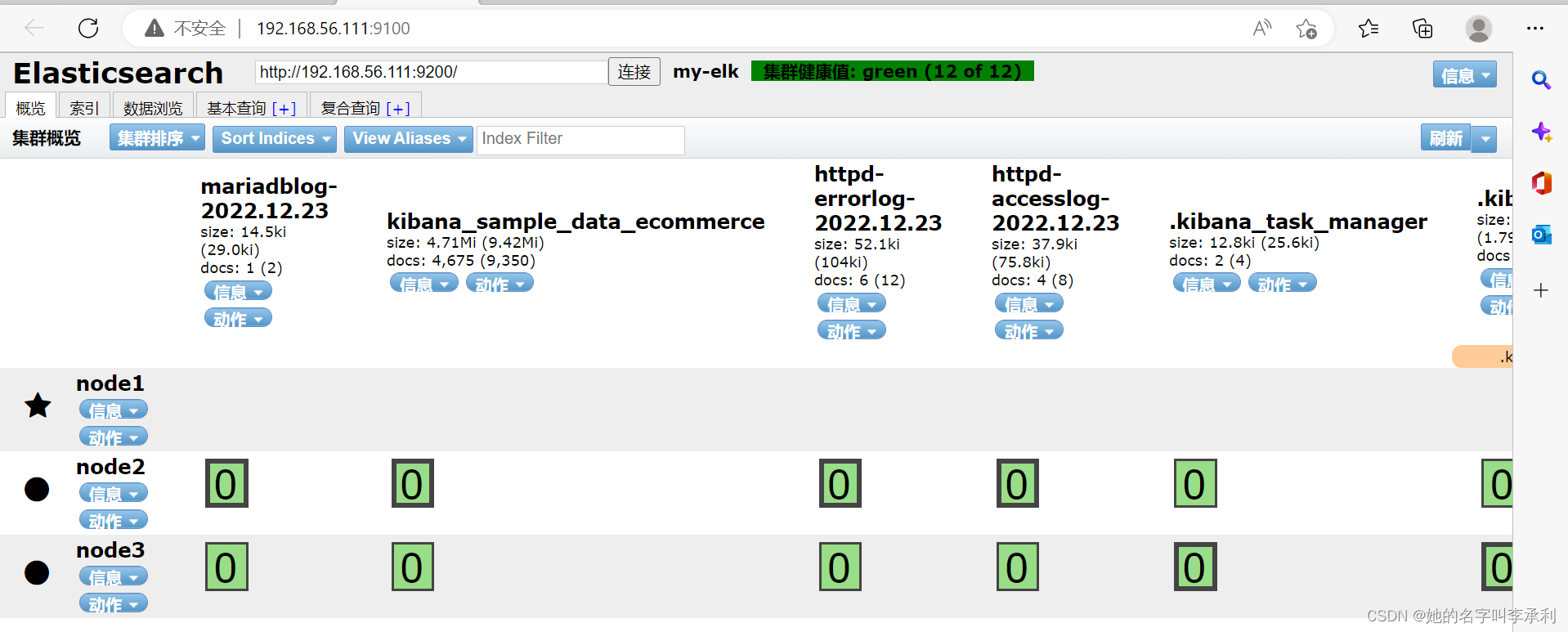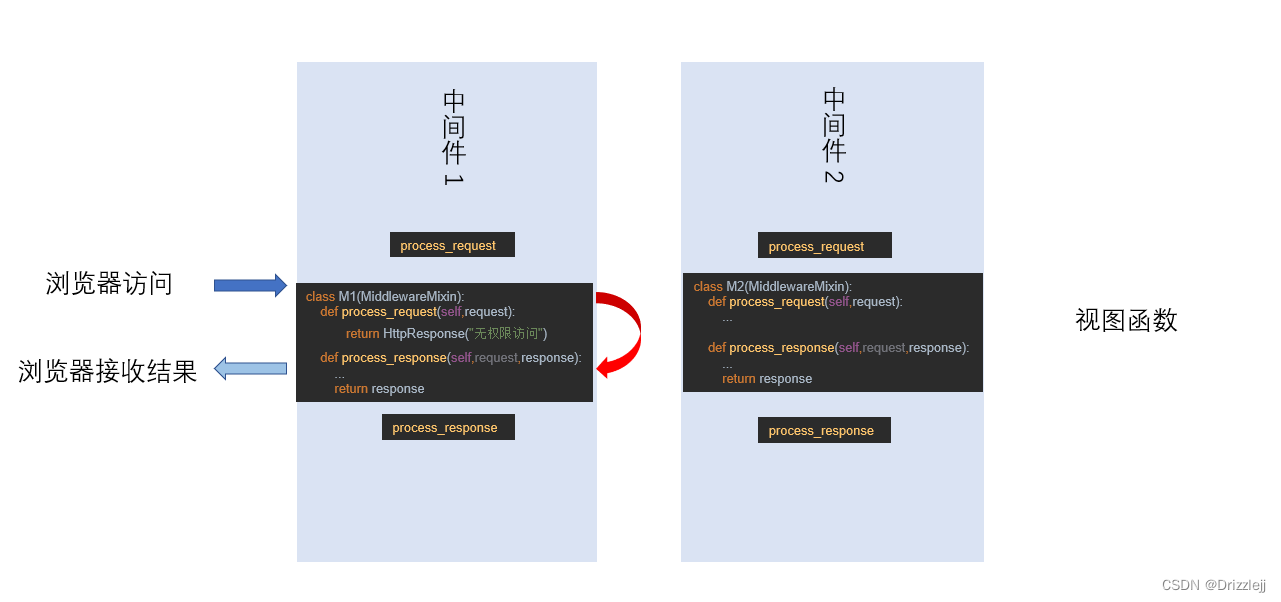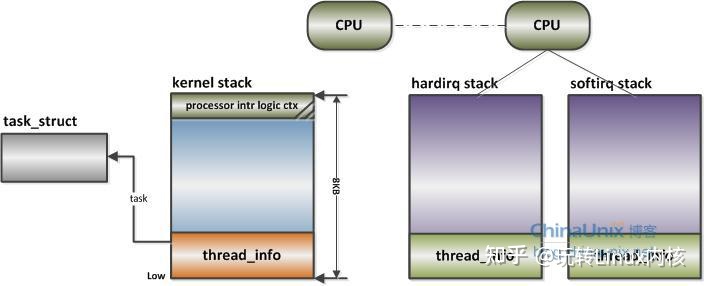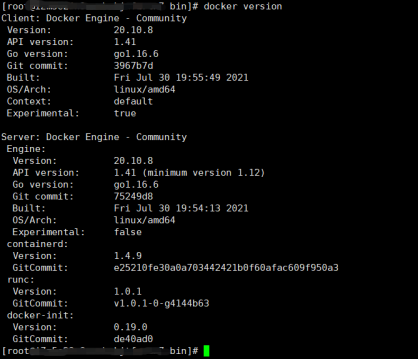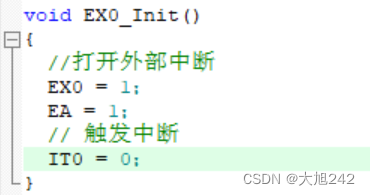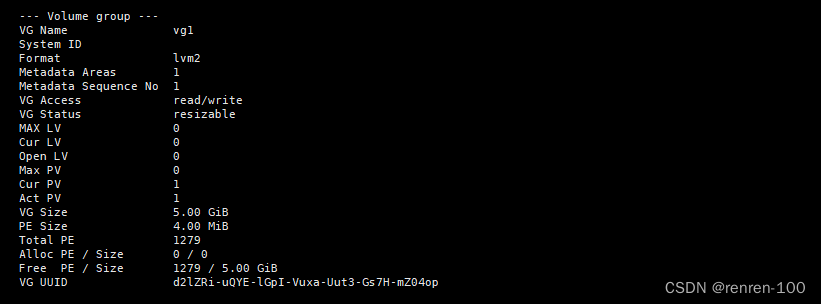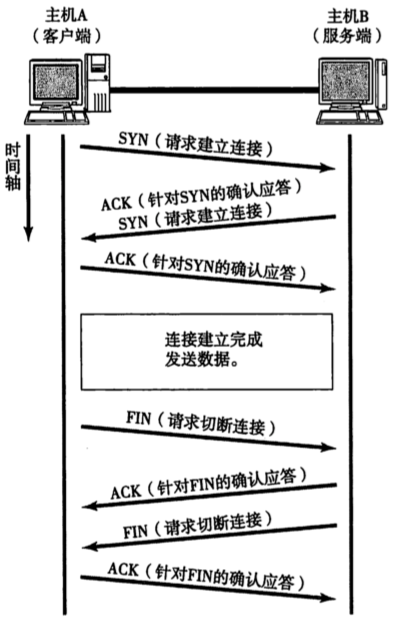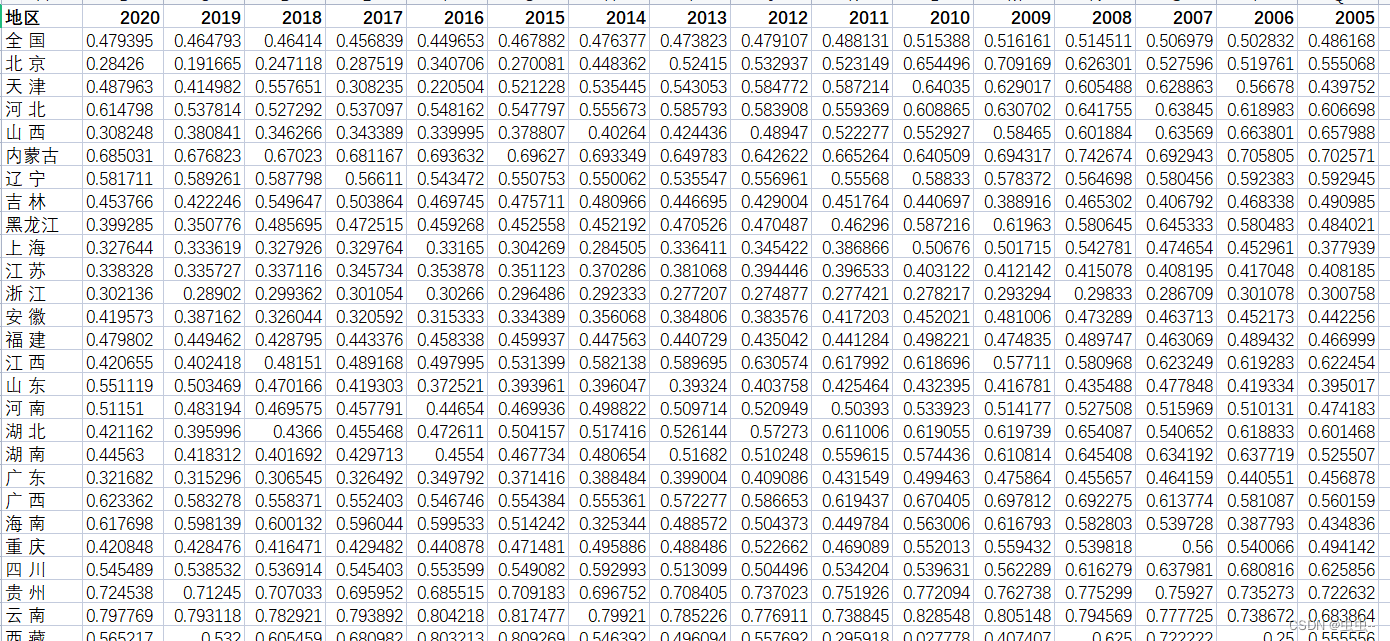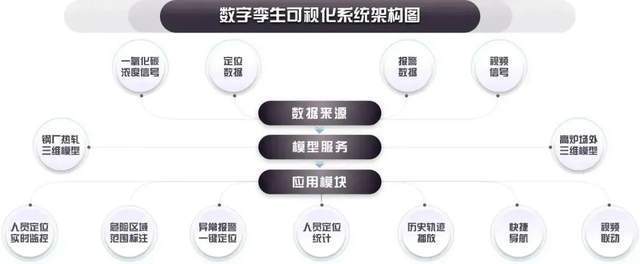深度学习训练营之海贼王人物识别
- 原文链接
- 环境介绍
- 前置工作
- 设置GPU
- 导入数据
- 数据查看
- 数据预处理
- 加载数据
- 可视化数据
- 检查数据
- 配置数据集
- `prefetch()`功能详细介绍:
- 归一化
- 查看归一化后的数据
- 构建VGG-16网络
- 网络结构
- 编译
- 模型训练
- 结果可视化
原文链接
- 🍨 本文为🔗365天深度学习训练营 中的学习记录博客
- 🍦 参考文章:365天深度学习训练营-第P4周:海贼王人物识别
- 🍖 原作者:K同学啊|接辅导、项目定制
环境介绍
- 语言环境:Python3.9.13
- 编译器:jupyter notebook
- 深度学习环境:TensorFlow2
前置工作
设置GPU
如果使用的是CPU就不用设置了
import tensorflow as tf
gpus = tf.config.list_physical_devices("GPU")
if gpus:
gpu0 = gpus[0] #如果有多个GPU,仅使用第0个GPU
tf.config.experimental.set_memory_growth(gpu0, True) #设置GPU显存用量按需使用
tf.config.set_visible_devices([gpu0],"GPU")
导入数据
对数据进行导入,首先是导入需要的包
import matplotlib.pyplot as plt
import os,PIL
# 设置随机种子尽可能使结果可以重现
import numpy as np
np.random.seed(1)
# 设置随机种子尽可能使结果可以重现
import tensorflow as tf
tf.random.set_seed(1)
from tensorflow import keras
from tensorflow.keras import layers,models
import pathlib
调整数据集所在的位置

data_dir = "D:\BaiduNetdiskDownload\sixday\sixday\hzw_photos"
data_dir = pathlib.Path(data_dir)
数据查看
数据集一共分为路飞、索隆、娜美、乌索普、乔巴 、山治、罗宾七个人物角色,分别存放于weather_photos文件夹中以各自名字命名的子文件夹中。
对于每一个文件夹来说的含义如下
| 文件夹 | 含义 | 数量 |
|---|---|---|
| lufei | 路飞 | 117 张 |
| suolong | 索隆 | 90 张 |
| namei | 娜美 | 84 张 |
| wusuopu | 乌索普 | 77张 |
| qiaoba | 乔巴 | 102 张 |
| shanzhi | 山治 | 47 张 |
| luobin | 罗宾 | 105张 |
image_count = len(list(data_dir.glob('*/*.jpg')))
print("图片总数为:",image_count)
图片总数为: 621
数据预处理
加载数据
使用image_dataset_from_directory方法将磁盘中的数据加载到tf.data.Dataset中
batch_size = 32
img_height = 224
img_width = 224
"""
关于image_dataset_from_directory()的详细介绍可以参考文章:https://mtyjkh.blog.csdn.net/article/details/117018789
"""
train_ds = tf.keras.preprocessing.image_dataset_from_directory(
data_dir,
validation_split=0.2,
subset="training",
seed=123,
image_size=(img_height, img_width),
batch_size=batch_size)

通过class_names输出数据集的标签,标签按照字母顺序对应于目录名称
class_names = train_ds.class_names
print(class_names)

可视化数据
plt.figure(figsize=(10, 5)) # 图形的宽为10高为5
for images, labels in train_ds.take(1):
for i in range(8):
ax = plt.subplot(2, 4, i + 1)
plt.imshow(images[i].numpy().astype("uint8"))
plt.title(class_names[labels[i]])
plt.axis("off")

plt.imshow(images[4].numpy().astype("uint8"))

检查数据
for image_batch, labels_batch in train_ds:
print(image_batch.shape)
print(labels_batch.shape)
break
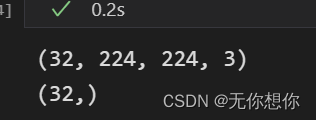
Image_batch是形状的张量(32,240,240,3)。这是一批形状240x240x3的32张图片(最后一维指的是彩色通道RGB)。Label_batch是形状(32,)的张量,这些标签对应32张图片
配置数据集
- shuffle():打乱数据,关于此函数的详细介绍可以参考:https://zhuanlan.zhihu.com/p/42417456
- prefetch():预取数据,加速运行
prefetch()功能详细介绍:
CPU 正在准备数据时,加速器处于空闲状态。相反,当加速器正在训练模型时,CPU 处于空闲状态。因此,训练所用的时间是 CPU 预处理时间和加速器训练时间的总和。prefetch()将训练步骤的预处理和模型执行过程重叠到一起。当加速器正在执行第 N 个训练步时,CPU 正在准备第 N+1 步的数据。这样做不仅可以最大限度地缩短训练的单步用时(而不是总用时),而且可以缩短提取和转换数据所需的时间。如果不使用prefetch(),CPU 和 GPU/TPU 在大部分时间都处于空闲状态
使用该函数的作用就在于尽可能的提高CPU等的使用性能,提高模型训练时候的速度

使用该函数可以减少空闲时间

cache():将数据集缓存到内存当中,加速运行
AUTOTUNE = tf.data.AUTOTUNE
train_ds = train_ds.cache().shuffle(1000).prefetch(buffer_size=AUTOTUNE)
val_ds = val_ds.cache().prefetch(buffer_size=AUTOTUNE)
归一化
normalization_layer = layers.experimental.preprocessing.Rescaling(1./255)
normalization_train_ds = train_ds.map(lambda x, y: (normalization_layer(x), y))
val_ds = val_ds.map(lambda x, y: (normalization_layer(x), y))
查看归一化后的数据
image_batch, labels_batch = next(iter(val_ds))
first_image = image_batch[0]
# 查看归一化后的数据
print(np.min(first_image), np.max(first_image))
构建VGG-16网络
VGG优缺点分析:
- VGG优点
VGG的结构非常简洁,整个网络都使用了同样大小的卷积核尺寸(3x3)和最大池化尺寸(2x2)。
- VGG缺点
1)训练时间过长,调参难度大。2)需要的存储容量大,不利于部署。例如存储VGG-16权重值文件的大小为500多MB,不利于安装到嵌入式系统
from tensorflow.keras import layers, models, Input
from tensorflow.keras.models import Model
from tensorflow.keras.layers import Conv2D, MaxPooling2D, Dense, Flatten, Dropout
def VGG16(nb_classes, input_shape):
input_tensor = Input(shape=input_shape)
# 1st block
x = Conv2D(64, (3,3), activation='relu', padding='same',name='block1_conv1')(input_tensor)
x = Conv2D(64, (3,3), activation='relu', padding='same',name='block1_conv2')(x)
x = MaxPooling2D((2,2), strides=(2,2), name = 'block1_pool')(x)
# 2nd block
x = Conv2D(128, (3,3), activation='relu', padding='same',name='block2_conv1')(x)
x = Conv2D(128, (3,3), activation='relu', padding='same',name='block2_conv2')(x)
x = MaxPooling2D((2,2), strides=(2,2), name = 'block2_pool')(x)
# 3rd block
x = Conv2D(256, (3,3), activation='relu', padding='same',name='block3_conv1')(x)
x = Conv2D(256, (3,3), activation='relu', padding='same',name='block3_conv2')(x)
x = Conv2D(256, (3,3), activation='relu', padding='same',name='block3_conv3')(x)
x = MaxPooling2D((2,2), strides=(2,2), name = 'block3_pool')(x)
# 4th block
x = Conv2D(512, (3,3), activation='relu', padding='same',name='block4_conv1')(x)
x = Conv2D(512, (3,3), activation='relu', padding='same',name='block4_conv2')(x)
x = Conv2D(512, (3,3), activation='relu', padding='same',name='block4_conv3')(x)
x = MaxPooling2D((2,2), strides=(2,2), name = 'block4_pool')(x)
# 5th block
x = Conv2D(512, (3,3), activation='relu', padding='same',name='block5_conv1')(x)
x = Conv2D(512, (3,3), activation='relu', padding='same',name='block5_conv2')(x)
x = Conv2D(512, (3,3), activation='relu', padding='same',name='block5_conv3')(x)
x = MaxPooling2D((2,2), strides=(2,2), name = 'block5_pool')(x)
# full connection
x = Flatten()(x)
x = Dense(4096, activation='relu', name='fc1')(x)
x = Dense(4096, activation='relu', name='fc2')(x)
output_tensor = Dense(nb_classes, activation='softmax', name='predictions')(x)
model = Model(input_tensor, output_tensor)
return model
model=VGG16(1000, (img_width, img_height, 3))
model.summary()
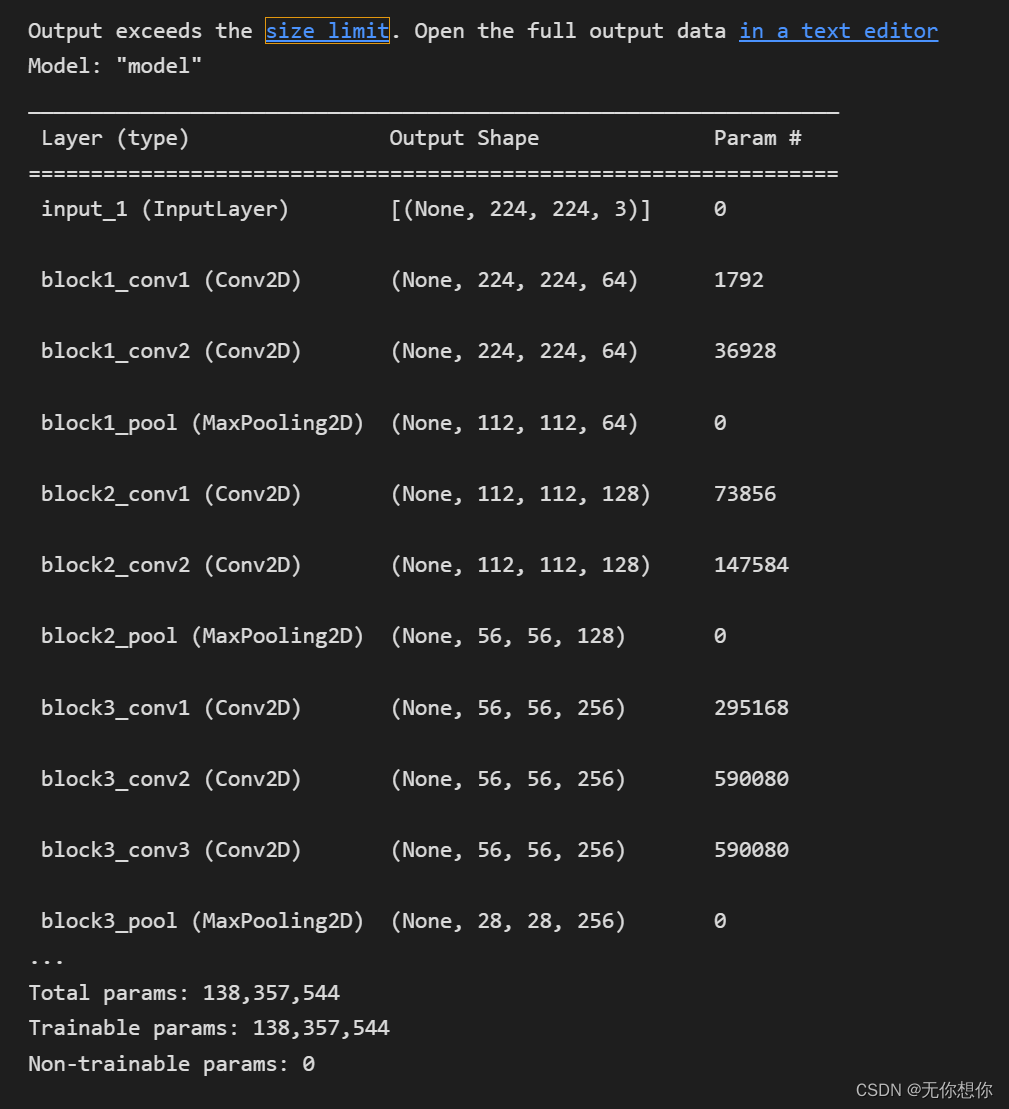
网络结构
结构说明:
- 13个卷积层(Convolutional Layer),分别用
blockX_convX表示 - 3个全连接层(Fully connected Layer),分别用
fcX与predictions表示 - 5个池化层(Pool layer),分别用
blockX_pool表示
VGG-16包含了16个隐藏层(13个卷积层和3个全连接层),故称为VGG-16
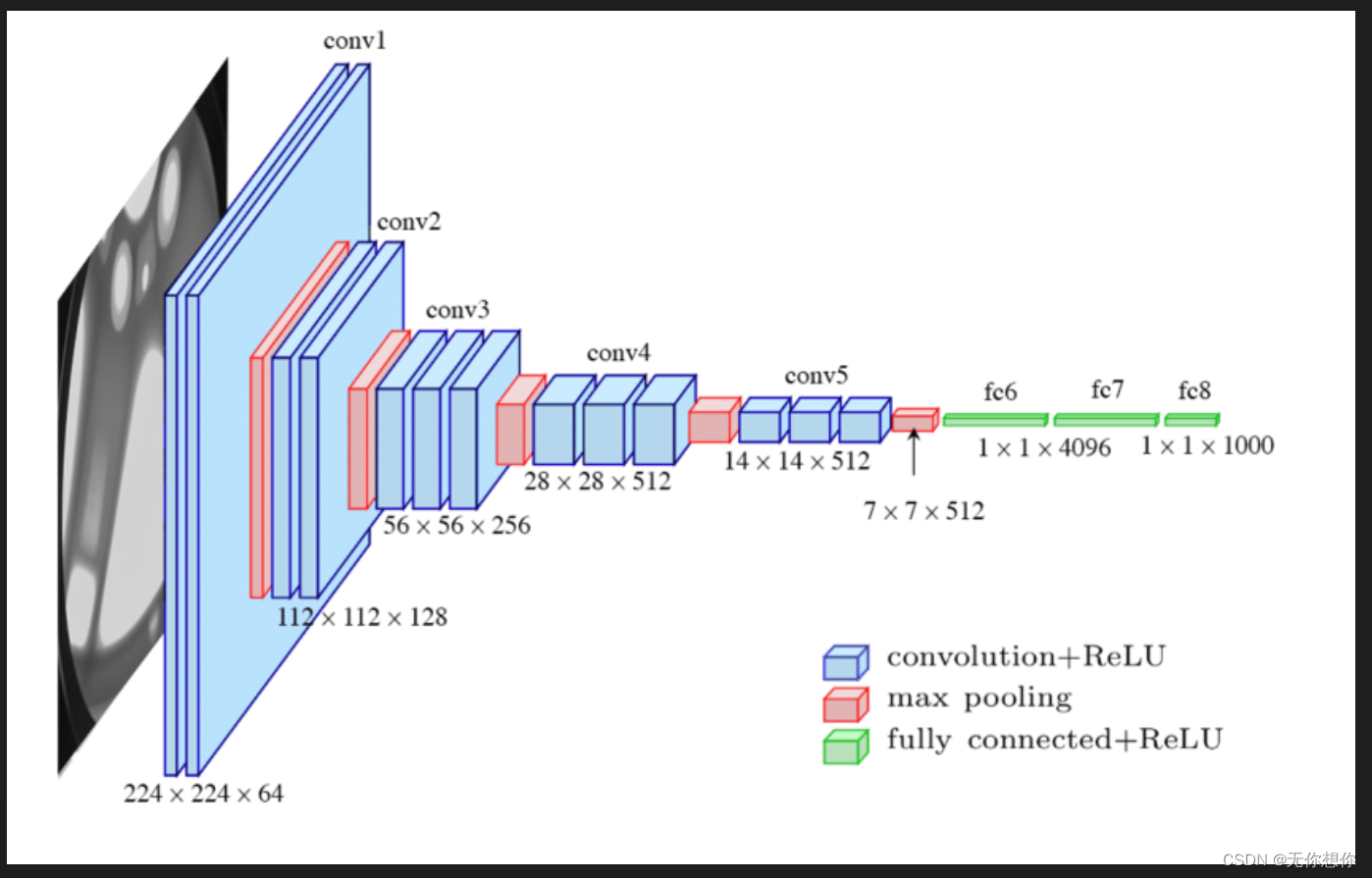
编译
在准备对模型进行训练之前,还需要再对其进行一些设置。以下内容是在模型的编译步骤中添加的:
- 损失函数(loss):用于衡量模型在训练期间的准确率。
- 优化器(optimizer):决定模型如何根据其看到的数据和自身的损失函数进行更新。
- 指标(metrics):用于监控训练和测试步骤。以下示例使用了准确率,即被正确分类的图像的比率。
# 设置优化器
opt = tf.keras.optimizers.Adam(learning_rate=0.001)
model.compile(optimizer=opt,
loss=tf.keras.losses.SparseCategoricalCrossentropy(from_logits=True),
metrics=['accuracy'])
模型训练
epochs = 10
history = model.fit(
train_ds,
validation_data=val_ds,
epochs=epochs
)
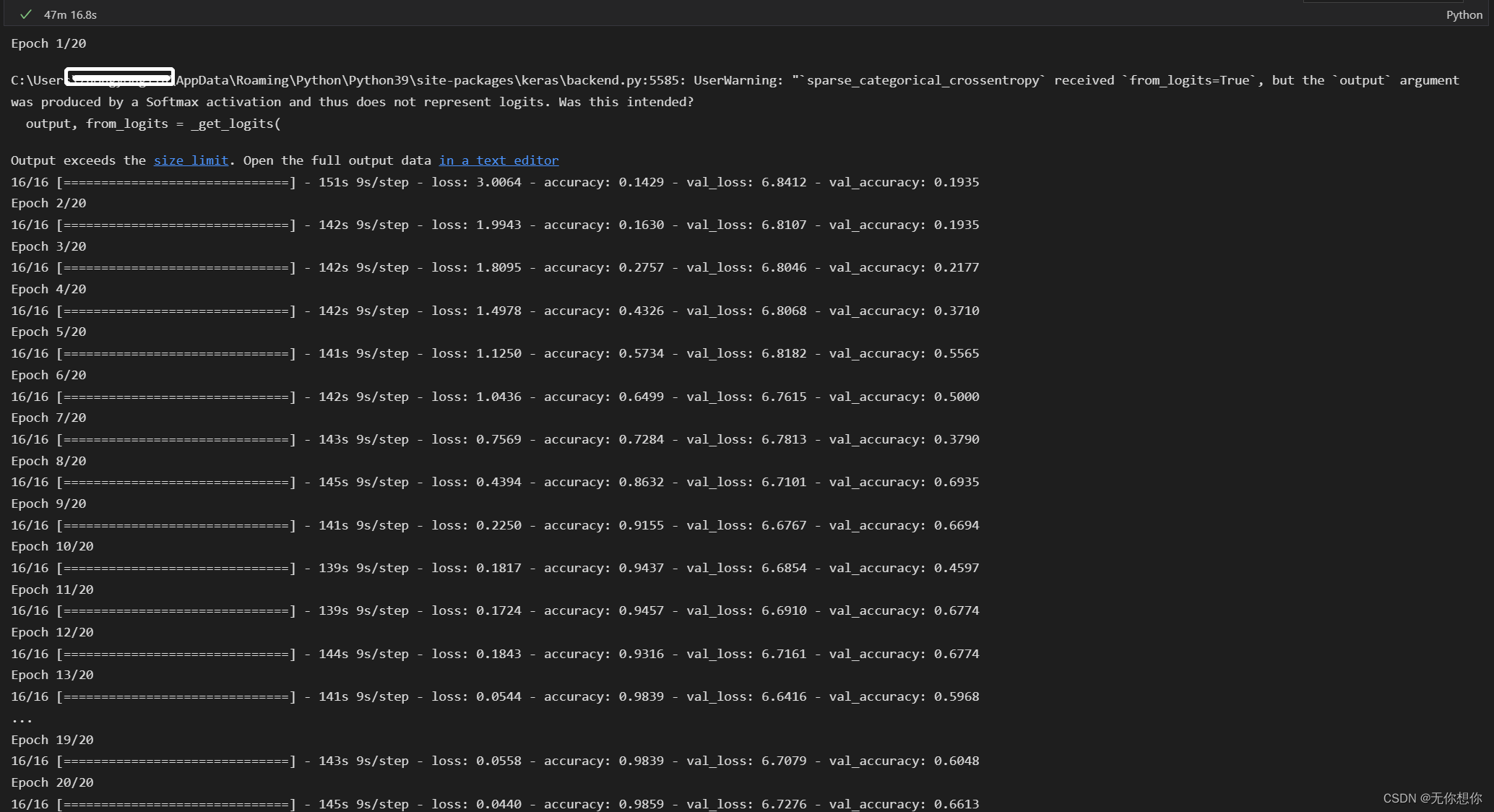
结果可视化
对模型进行评估
acc = history.history['accuracy']
val_acc = history.history['val_accuracy']
loss = history.history['loss']
val_loss = history.history['val_loss']
epochs_range = range(epochs)
plt.figure(figsize=(12, 4))
plt.subplot(1, 2, 1)
plt.plot(epochs_range, acc, label='Training Accuracy')
plt.plot(epochs_range, val_acc, label='Validation Accuracy')
plt.legend(loc='lower right')
plt.title('Training and Validation Accuracy')
plt.subplot(1, 2, 2)
plt.plot(epochs_range, loss, label='Training Loss')
plt.plot(epochs_range, val_loss, label='Validation Loss')
plt.legend(loc='upper right')
plt.title('Training and Validation Loss')
plt.show()
